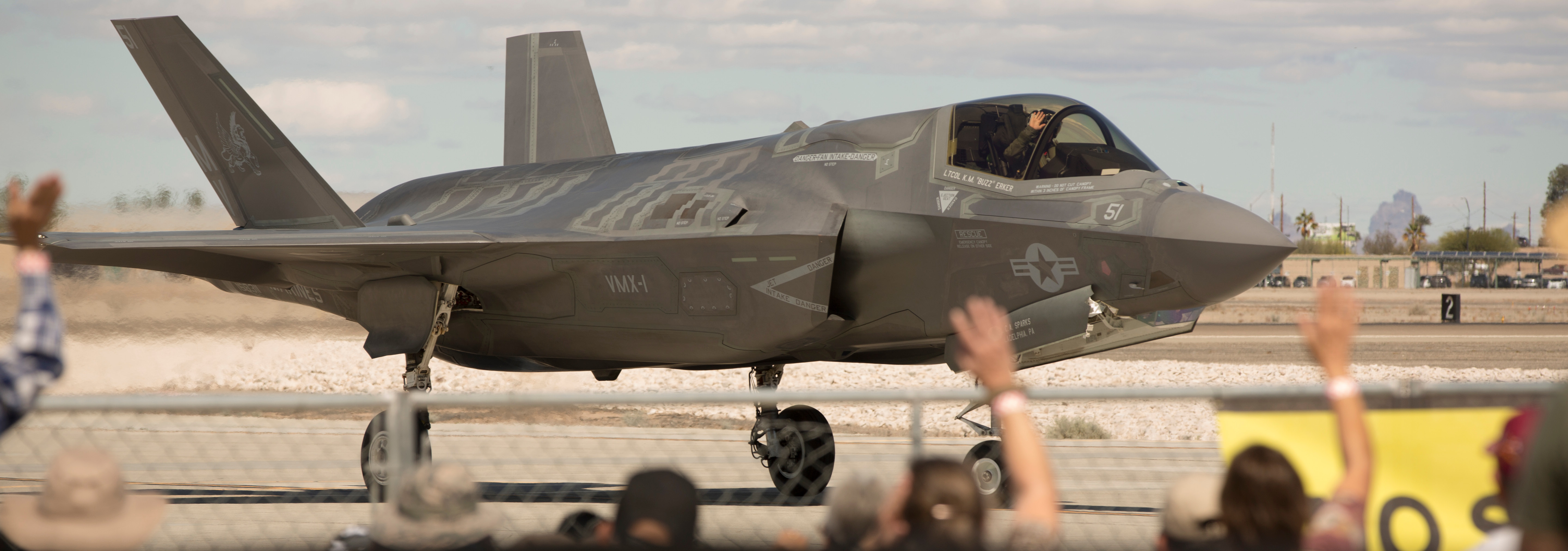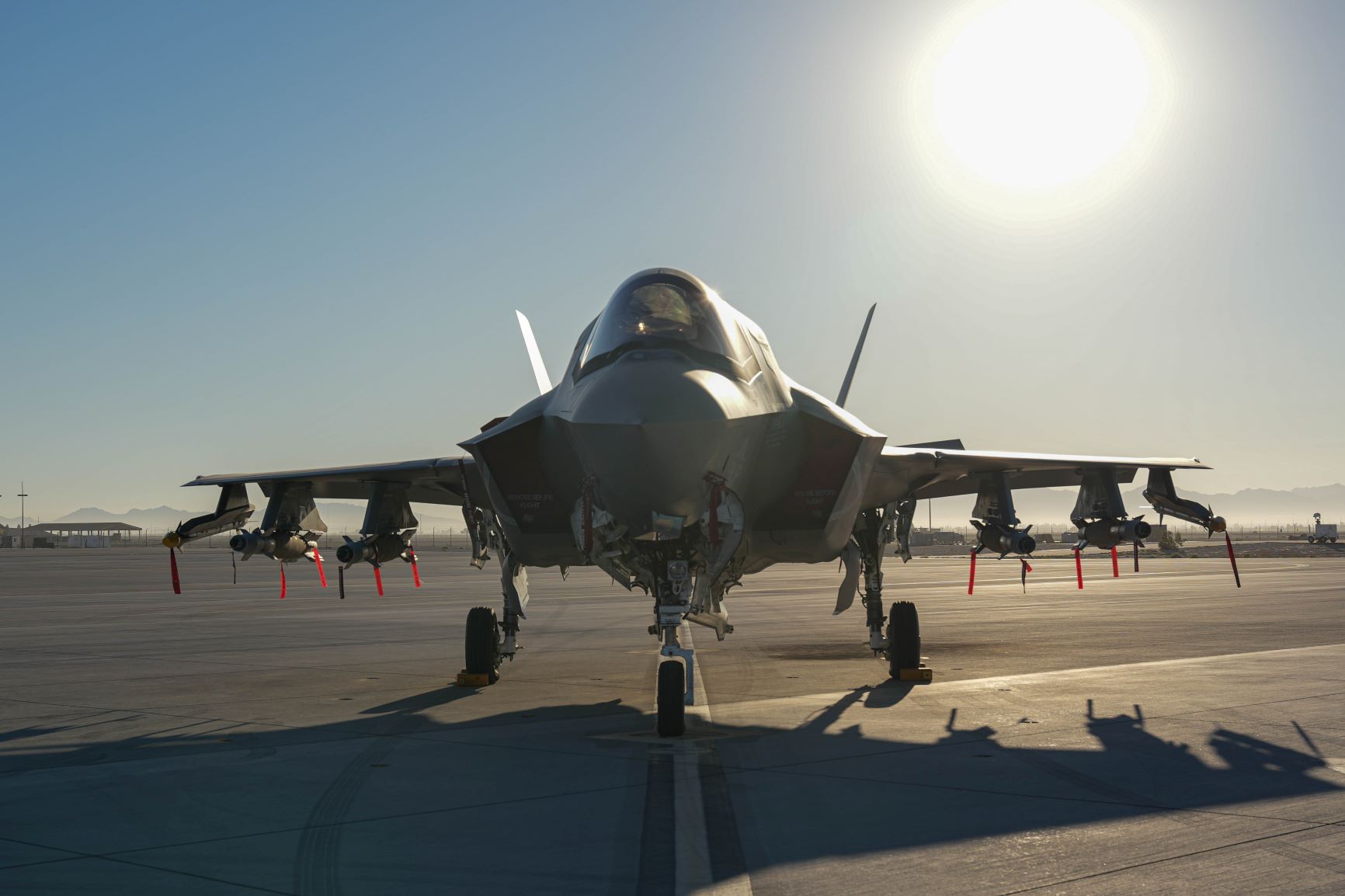

F-35B Lightining II DemoDesigned for the Marine Corps, the F-35B variant would do what no other plane had ever done: accelerate past the speed of sound in flight, then make vertical landings on the smallest of landing footprints, much like a helicopter. The quest to create a fighter capable of taking off and landing in confined spaces has been a decades-long pursuit on both sides of the Atlantic. As early as 1954, Lockheed Martin was busy designing experimental “vertical rising” fighters, which soon paved the way for vertical-landing aircraft like the British Harrier. But unlike the Harrier, the F-35B and its Short Take-Off and Vertical Landing (STOVL) system offers both vertical landing and long-range supersonic speed in one unit, creating a stealthy, lightning-fast fighter capable of carrying advanced weaponry. Just three months after its first vertical landing, an F-35B broke the sound barrier, making it the first STOVL aircraft to exceed Mach 1. By October 2011, an F-35B was making its first successful vertical landings at sea, descending onto the deck of a small Marine Corps amphibious assault ship, setting up a series of weapons tests in 2012. Specifications |

